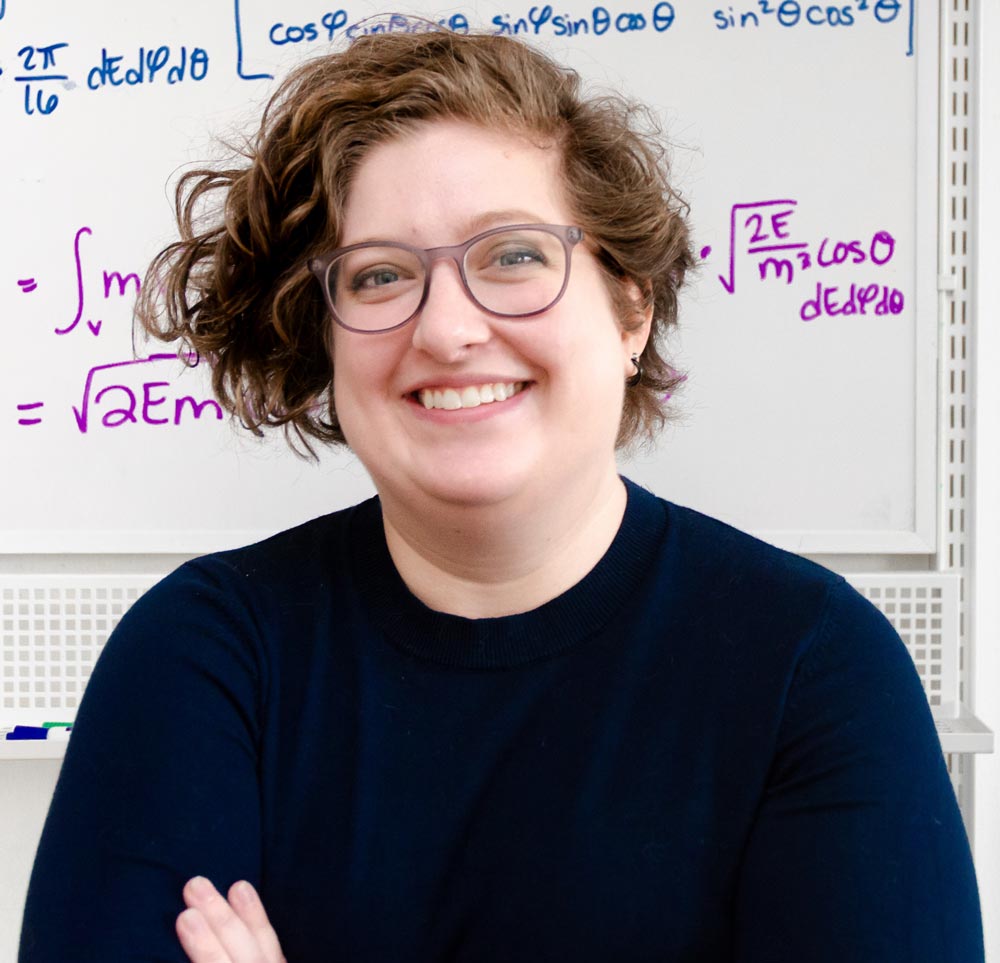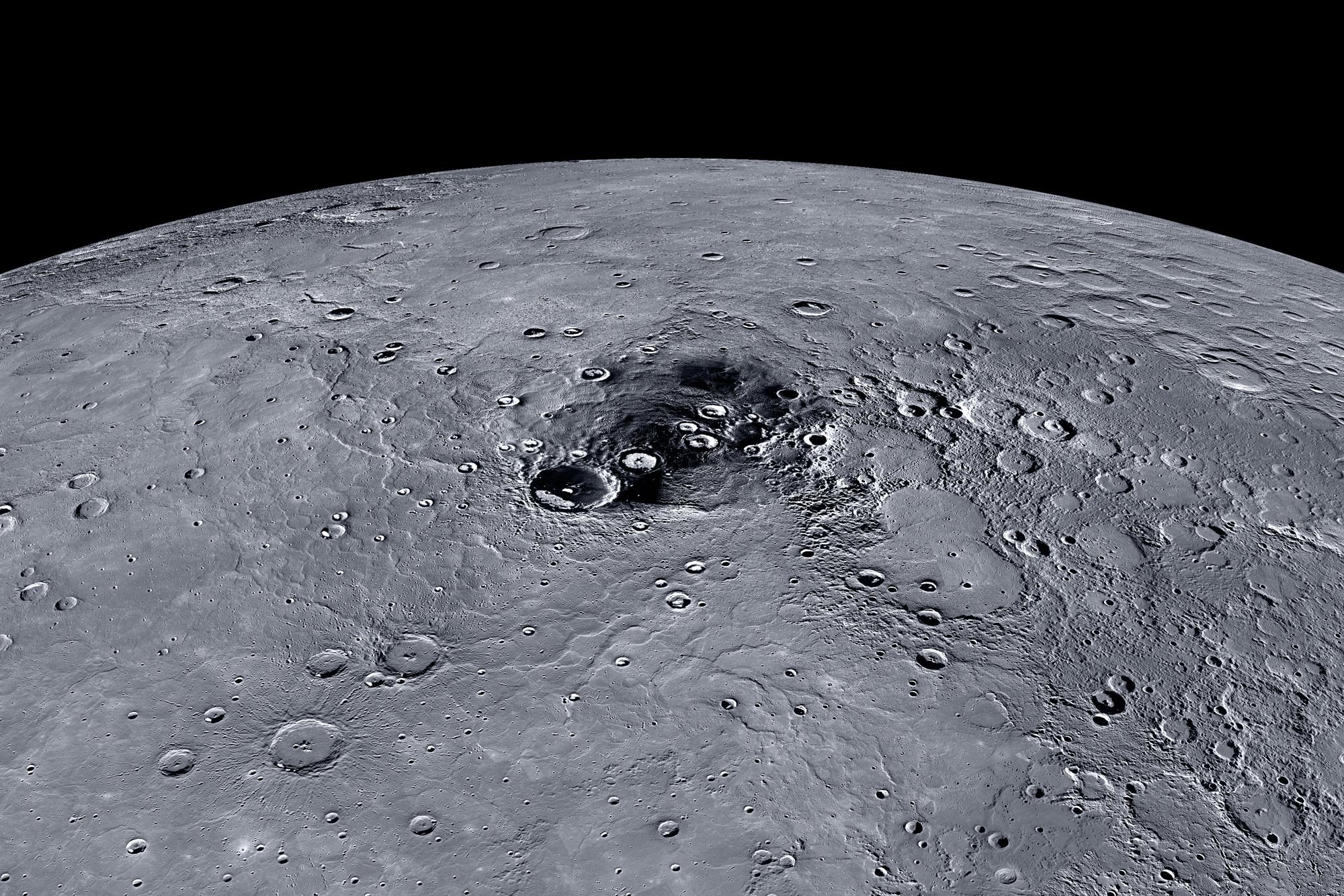The planet Mercury is revealing its secrets and Hayley Williamson is sifting through them.
Williamson, who received her doctorate in engineering physics at the University of Virginia in 2019, is currently working at the Swedish Institute of Space Physics as part of the BepiColombo probe mission, an exploration of Mercury from space. The European Space Agency and the Japanese Aerospace Exploration Agency launched the mission in 2018. The probe has completed several fly-bys and will soon settle into an orbit around Mercury.
Williamson has been working for the institute for about five years, starting shortly after she graduated from UVA. Initially, she worked on the Rosetta Mission, which studied a passing interplanetary comet. She transferred to the BepiColombo project last year.
“They needed someone to work with the data,” Williamson said. “I also do the data archiving for our instruments on this mission, because both NASA and the European Space Agency have requirements that data from instruments on their spacecraft has to be publicly archived for anyone to be able to see.”
The mission employs two spacecraft, one orbits closer to the surface of the planet and the other, positioned farther away, focuses on Mercury’s magnetic field.
“Mercury has a magnetic field just like Earth,” Williamson said. “This makes a sort of bubble in the solar wind, so it deflects these energetic particles coming from the sun, around the planet and onto the night side, facing away from the sun, this really stretches out into this very long tail.”
The spacecraft made several fly-bys in an orbit that included Mercury’s relatively unexplored south pole, collecting data from different angles and producing different results.

Hayley Williamson is reviewing charged particle data that BepiColombo has sent back to Earth from Mercury. (Contributed photo)
“Even though they had quite similar trajectories, the data looks pretty different for all three of them,” Williamson said of the fly-bys. “Because Mercury’s magnetosphere and environment is very small and very dynamic, it changes quickly. The fourth fly-by that just occurred had a very different trajectory than the others, passing the south pole of the planet. So, this data is unlike anything we've seen so far, making it even more exciting"”
Williamson is tracking charged particles that flow over the planet from the solar wind, a stream of ionized particles flowing from the sun.
“We can figure out, despite the data looking different, if some of the particles that we’re seeing belong to the same populations that we saw on the previous fly-bys?” she said. “How are these different regions all connected? How do the particles move in the magnetosphere and what happens to them? Where do they come from, and where do they go? These are the sort of things that we want to do with the data.”
Data gathering is still in progress, and it takes time to understand new information, Williamson said.
“There’s a lot of interesting plasma activity that can happen in the magnetotail,” Williamson said. “We expect to see similar phenomena that we would have at Earth, but because Mercury is very small, they would happen there much faster.”
Mercury is smaller than Earth. It orbits the sun every 88 Earth days and rotates once every 59 Earth days. Because of its size, things happen quickly.
Williamson, who has a permanent position at the Institute, plans to be on the Mercury mission for several more years as the satellites settle into orbit around the small planet and continue to send data.
Engineering professor emeritus Robert Johnson, who worked with Williamson at UVA, said she was an excellent student who studied Mars Atmosphere and Volatile Evolution Mission data for her doctoral project.

BepiColombo, a probe of Mercury launched by the European Space Agency and the Japanese Aerospace Exploration Agency, has done several fly-bys of the small planet. (Photo by ESA/BepiColombo/MTM])
“She was the first to point out that the upper atmosphere exhibited very large amplitude waves that extended well above the exobase level of Mars atmosphere and might have been driven by the interaction of the solar wind with Mars’ thin, but extended atmosphere,” Johnson said. “This is a problem still of great interest as this wave activity likely affected the long-term evolution of the Martian atmosphere.”
To Williamson, Mercury is worth studying because it is unique.
“For a lot of people working on the mission, it’s worthy of study because it’s interesting,” Williamson said. “A lot of the processes that we see, like interactions between the solar wind and planets, happen throughout the entire solar system, but each planet is unique. Mercury is fairly unique because it doesn’t have an atmosphere, but it does have a magnetic field. There’s not another place in the solar system exactly like it.”
Media Contacts
University News Associate Office of University Communications
mkelly@virginia.edu (434) 924-7291






